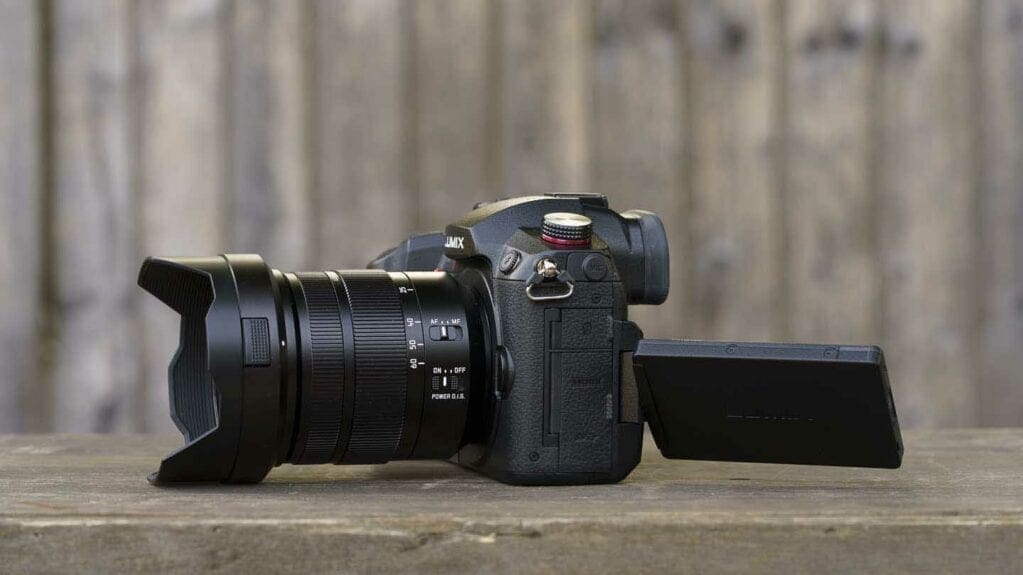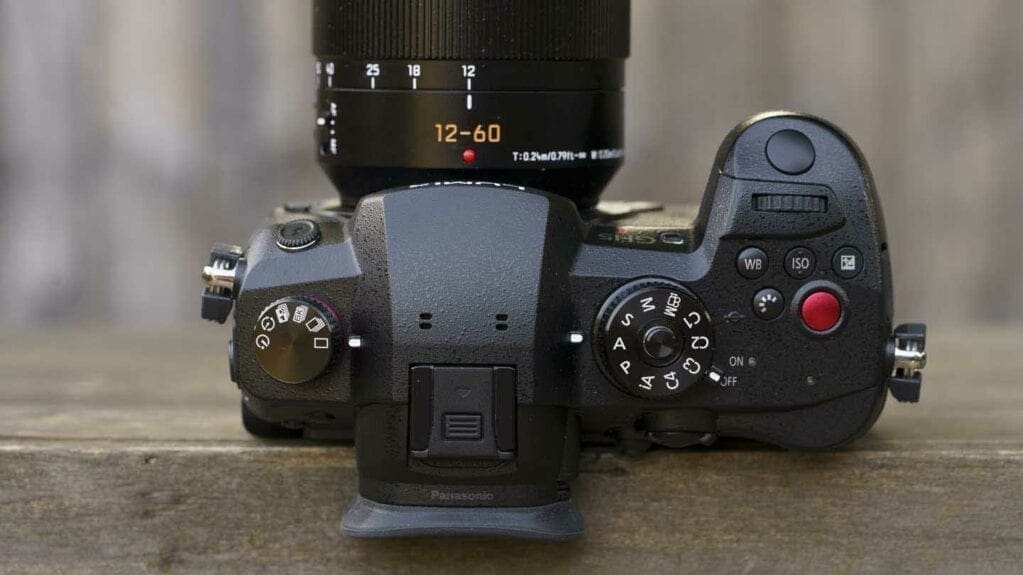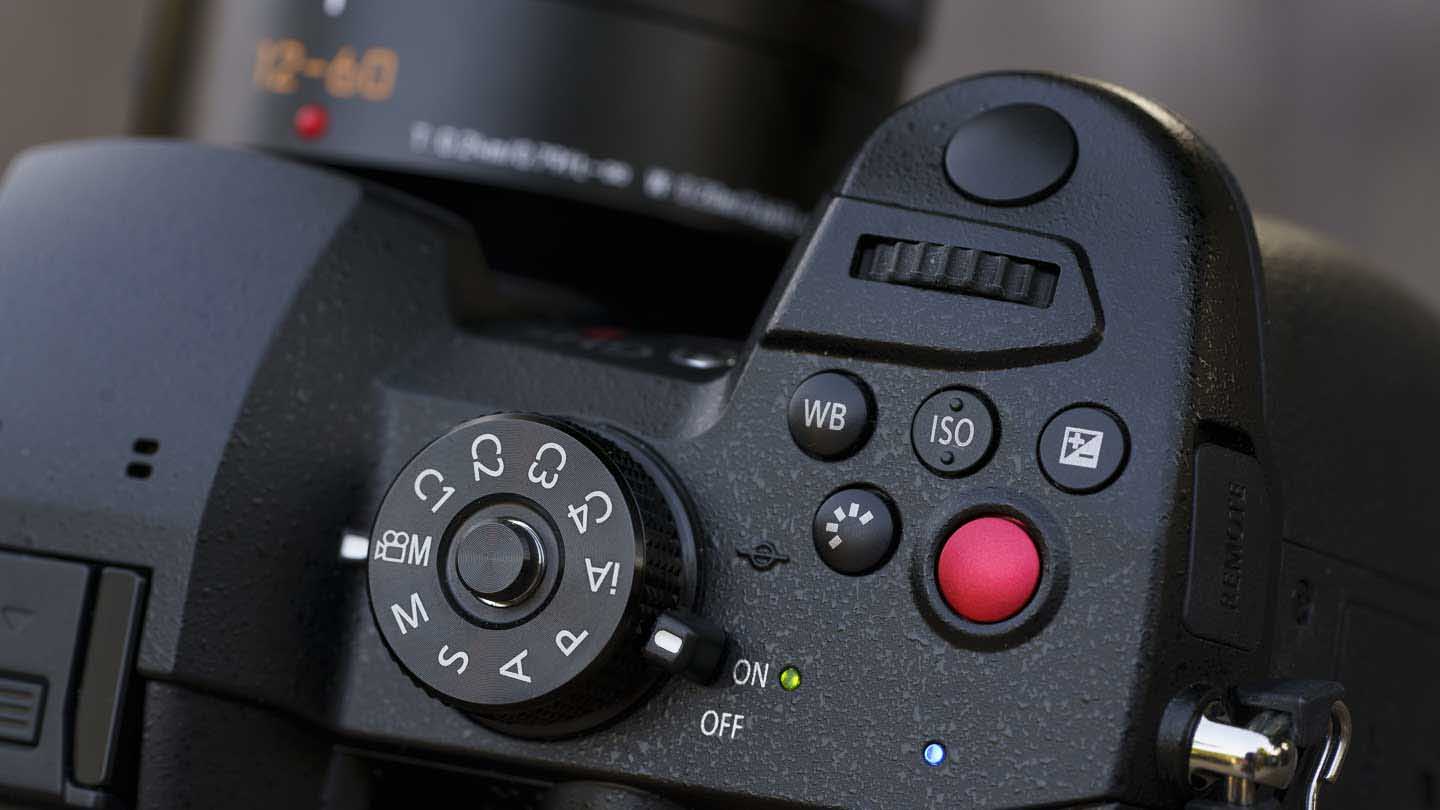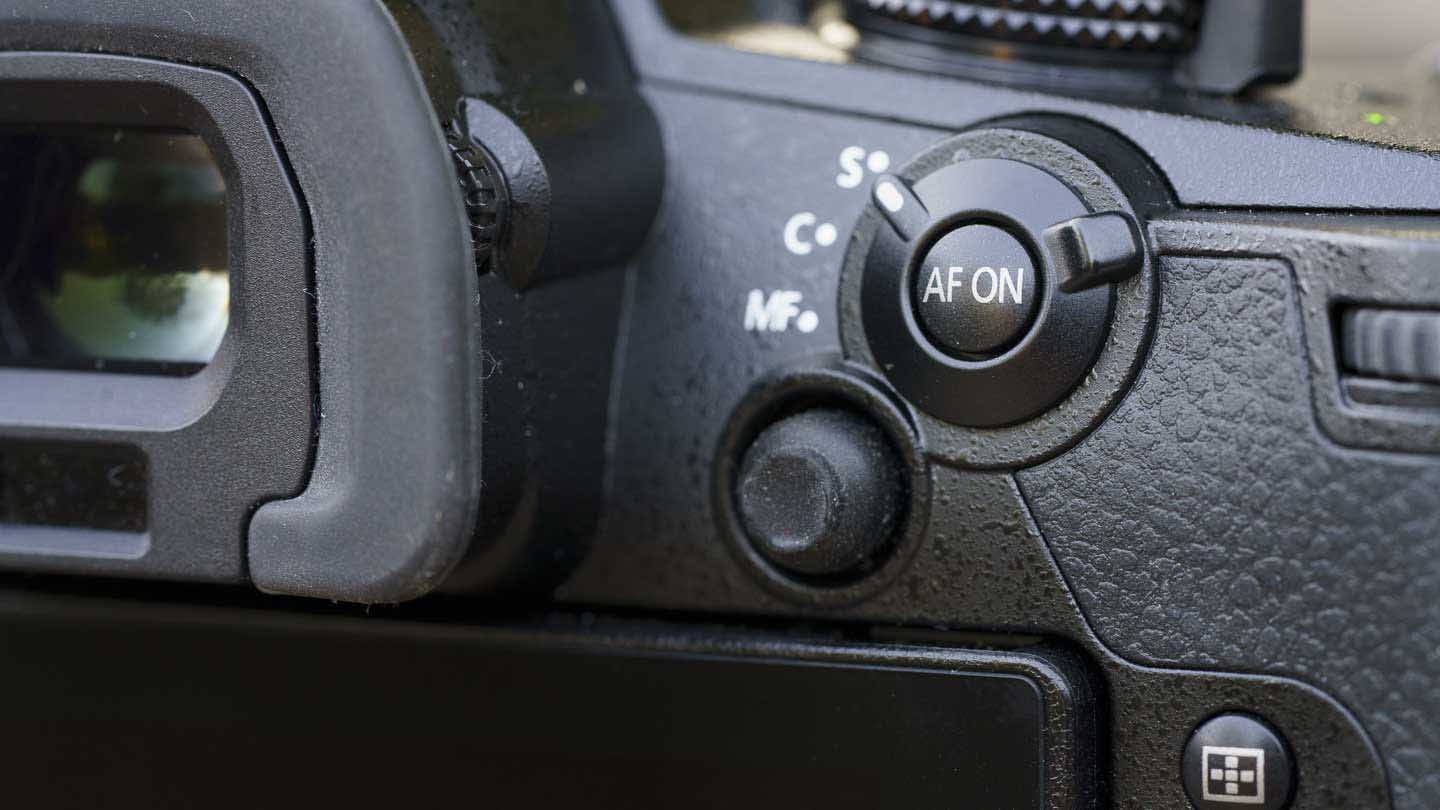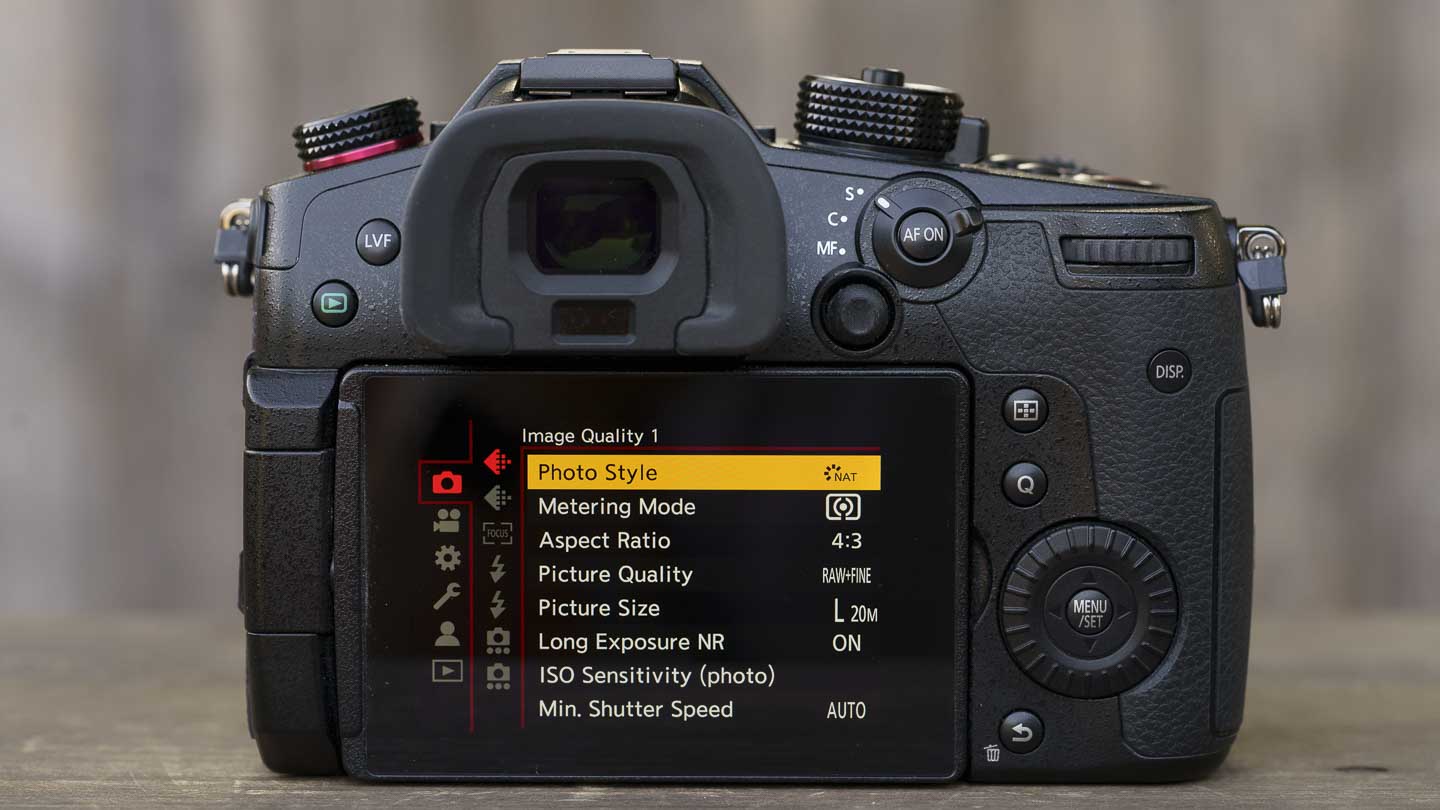Aside from a few images that look slightly darker than they should because of the bright viewfinder, the Panasonic Lumix GH5 produces attractive images. And for the most part, the GH5 II’s 1,728-zone multi-pattern sensing system works very well in its default Multiple mode. Should you need them, Center Weighted, spot and Highlight Weighted metering modes are available, but with a correctly adjusted viewfinder and a histogram view, there are few occasions when you’re likely to need to change from Multiple mode.
I tended to use the GH5 II’s Standard and Natural Picture Styles for stills, but there are four custom ‘My Photo Styles’ that allows you to tailor Jpegs to your preferences. It’s great that Panasonic keeps the colour modes such as Cinelike D2, Cinelike V2, Like 709 and V-Log L within the Picture Style options. It saves hunting around in the menu and there’s no fear that you’re actually recoding with a different profile selected – although the turning on V-Log Assist hides the impact of shooting in V-log L.
Panasonic GH5 II image quality
With a smaller than APS-C format sensor, the GH5 II might seem challenged for detail capture and noise control, but it actually delivers very good results. There’s plenty of detail and noise is controlled well up to around ISO 12,800. Stepping up to ISO 25,600 results in raw files that have clear speckling and the Jpegs lack a bit of detail, in some cases looking slightly smudged.
The GH5 II handles colours very well and even in very bright conditions, it recorded the tonal range of a red flower with plenty of detail. That can be a struggle for some cameras.
Micro Four Thirds cameras are often credited with low dynamic range but the GH5 II fairs reasonably well in that regard. Highlights don’t burn out too readily and should you need to underexposure, you can expect to be able to brighten the darker areas of a low ISO raw file by around 3EV before noise becomes problematic.
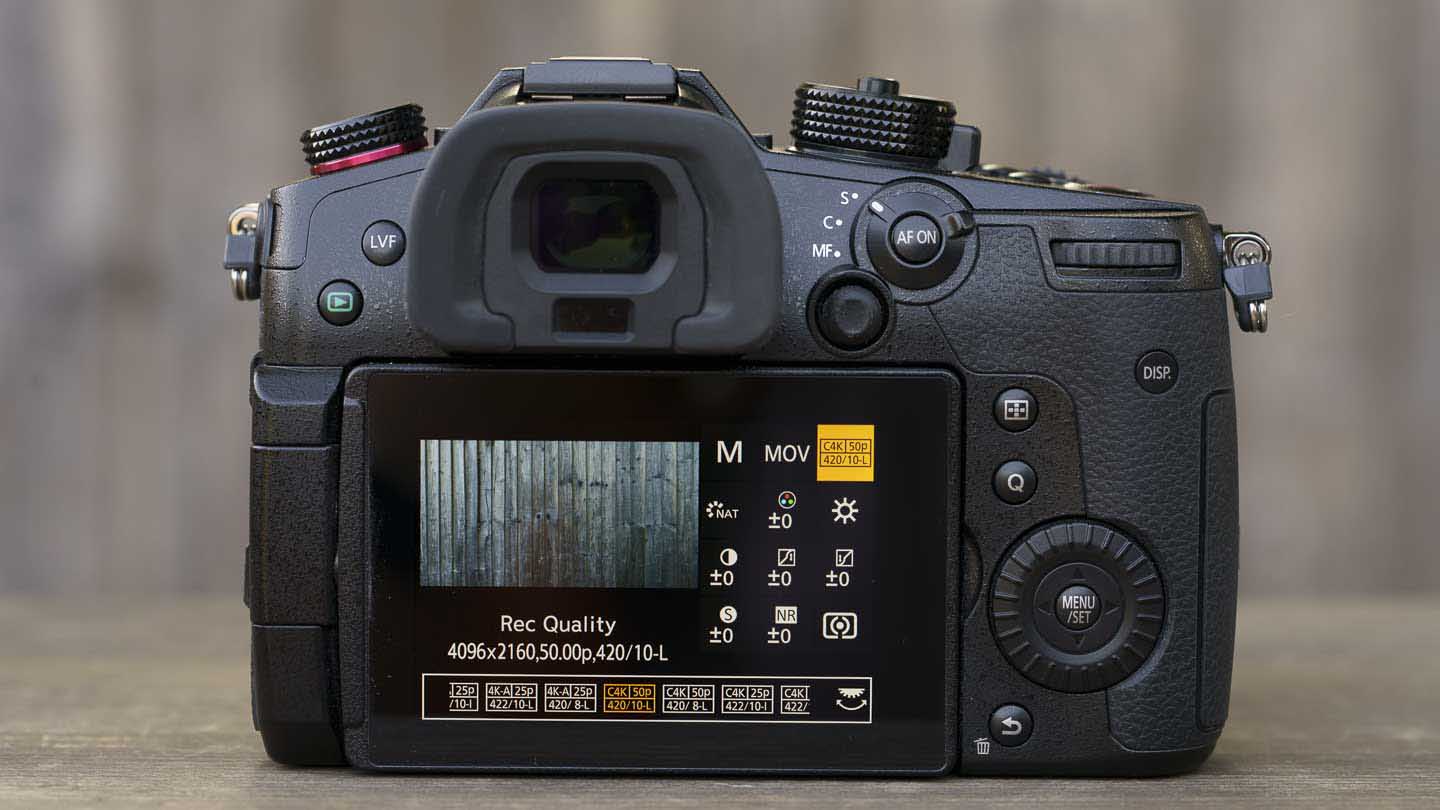
Panasonic GH5 II video quality
There’s an extensive array of video options and plenty of tools to help you get the results you want either in-camera or post capture with grading. The C4K footage looks natural and has plenty of detail while focus transitions are handled smoothly – you can change the speed of transition via the menu if necessary.
I’ll post some sample footage shortly.
Autofocus performance
If you select a focus point and keep it over the subject, the GH5 II can keep moving subjects sharp. It’s also quick and effective with stationary subjects. The Animal Detection AF, however, can be slow to respond and is prone to seeing animals where they don’t exist.
Also, the Animal detection looks for whole animals rather than their eyes, so with pet portraits and the like, you need to select a small AF point to target the right part of the subject.
The Human Face/Eye detection is helpful, especially for vlogging or live-streaming, but it’s not quite as dependable as the comparable systems from Sony and Canon.
Stabilisation
Panasonic quotes that the GH5 II delivers its maximum stabilisation with the Lumix G Vario 14-140mm f/3.5-5.6II Asph. Power OIS mounted at 140mm (280mm equivalent). Testing with the Leica DG Vario-Elmarit 12-60mm f/2.8-4 Asph, I found that around 50% of my images were acceptably sharp at a shutter speed of 1/4sec with the lens at the 60mm end. That’s a compensation factor of around 5EV.
In video mode, using the lens and camera-based E-Stabilization has a dramatic impact on the watchability of the footage. I’d advise getting a gimbal if you plan on shooting a lot of video as you walk or run with the camera, but you’ll get very good results with regular hand-held video.
Turning on the Boost IS improves stationary hand-held footage a little on top of using the other two methods.
Live streaming
The ability to live stream via a smartphone running Panasonic’s Lumix Sync app is one of the key upgrades that the GH5 II makes on the GH5, and once everything is set up it, works very well. It always seems to take a couple of attempts or more to connect Panasonic cameras to a phone, and the process can be a bit slow, but once done, the GH5 II created a reliable connection to my iPhone.
It’s also easy to stream to Facebook or YouTube or via RTMP/RTMPS to a URL using a stream key and the 1920×1080 50Hz 50P 16Mbps image quality is good.
The paired phone is used to control the camera and to stream the footage but it doesn’t show what is being broadcast. However, that’s visible on the camera’s screen which can be flipped forwards if you’re the presenter in front of the camera.




